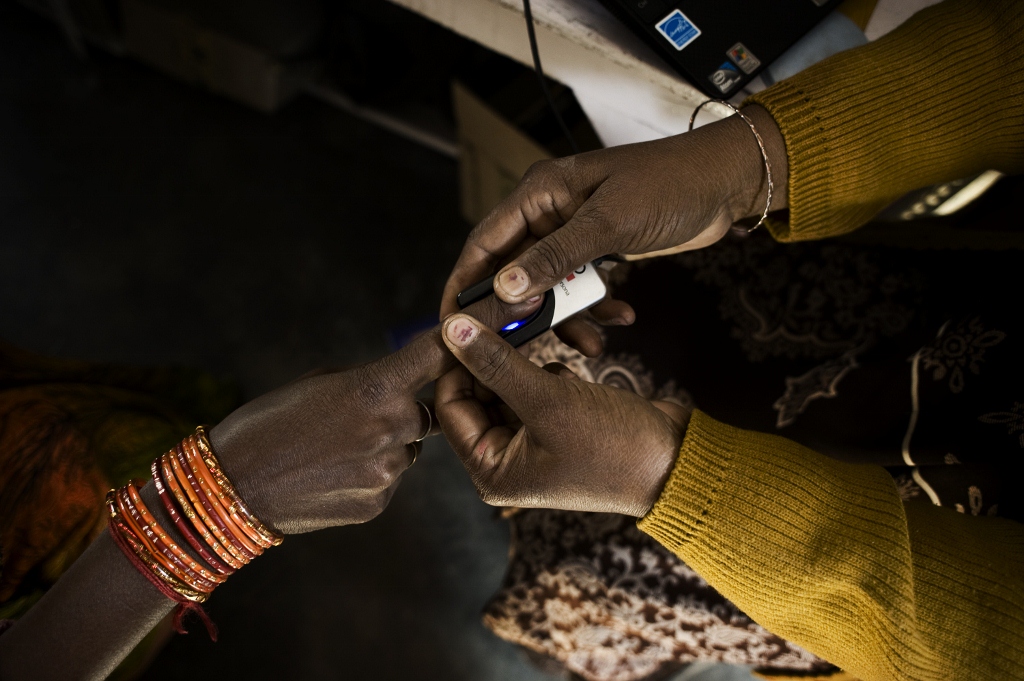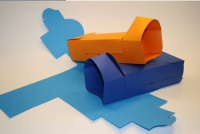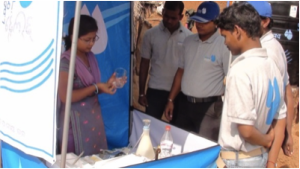 Five years ago, at the Aspen design summit, I said that 90% of the world’s designers spent all of their time addressing the needs of the richest 10% of the world’s customers. I also said that before I die I want to see that silly ratio turned on its head. What followed was an amazing sequence of events that included the creation of the traveling exhibit Design for the Other 90% at the Smithsonian Cooper-Hewitt Design Museum; the formation of D-Rev: Design Revolution, a Palo Alto based non-profit incubator for the design and mass market of radically affordable technologies; and earlier this year the launch of DR100, an initiative to create courses providing hands on experience with the ruthless pursuit of affordability in one hundred universities in the West and in developing countries. Last week, the Health section of the New York Times published a special issue called “Small Fixes” which described a rapidly growing movement applying the principles of Design for the Other 90% to biomedical technology.
Five years ago, at the Aspen design summit, I said that 90% of the world’s designers spent all of their time addressing the needs of the richest 10% of the world’s customers. I also said that before I die I want to see that silly ratio turned on its head. What followed was an amazing sequence of events that included the creation of the traveling exhibit Design for the Other 90% at the Smithsonian Cooper-Hewitt Design Museum; the formation of D-Rev: Design Revolution, a Palo Alto based non-profit incubator for the design and mass market of radically affordable technologies; and earlier this year the launch of DR100, an initiative to create courses providing hands on experience with the ruthless pursuit of affordability in one hundred universities in the West and in developing countries. Last week, the Health section of the New York Times published a special issue called “Small Fixes” which described a rapidly growing movement applying the principles of Design for the Other 90% to biomedical technology.
All in all, the New York Times issue is very exciting for the Design Revolution movement, though it barely scratches the surface of what is needed. It exposes about 20 or so low-cost technologies to solve problems of global health in the developing world, some of which have the potential to make a big impact. But to push this further, we need a revolution in affordable on site testing for the basic major diseases.
In many cases of malaria in rural area clinics, if they are treated at all, the clinicians make a guess at which kind of malaria they are dealing with. The stage is set for better treatment with low cost testing for diseases like malaria and tuberculosis that can be done at clinics on site. Beyond testing, we must not forget the need for techniques to ensure patient follow-through and completion of treatment. One exceptional example of this is an organization in India called Operation ASHA: a non-profit with a 97% completion rate in treating patients with tuberculosis. The Operation ASHA model uses a method called eDOTs to keep track of each patient with an electronic fingerprint tracking system that allows them to ensure no dose is missed.


Stanford’s Design for Extreme Affordability class has produced other good examples of biomedical technologies for poor customers, such as a 20-cent inhaler used by people in developing countries as an alternative to the expensive inhalers used in the West.
There has also been an increasing amount of work on creating a low cost computer. India recently announced the production of a $35 tablet computer for students (which costs $50 pre-subsidy);  their goal is to get it down to $10. With the same energy, a $50 microscope could be invented, which would have a sizable impact on global health.
their goal is to get it down to $10. With the same energy, a $50 microscope could be invented, which would have a sizable impact on global health.
Biomedical technology is around a $10 billion industry, with the potential to be even more profitable. In the same way, radical affordability is a big business for developing countries. Just as we need a revolution in simple fixes for health issues, we need simple fixes for education, water, and energy. With the design revolution underway these are in the process of coming to fruition.
Viva la Revolución!
Paul In The News – New York Times Article: An Entrepreneur Creating Chances at a Better Life by Donald G. McNeil, Jr.
